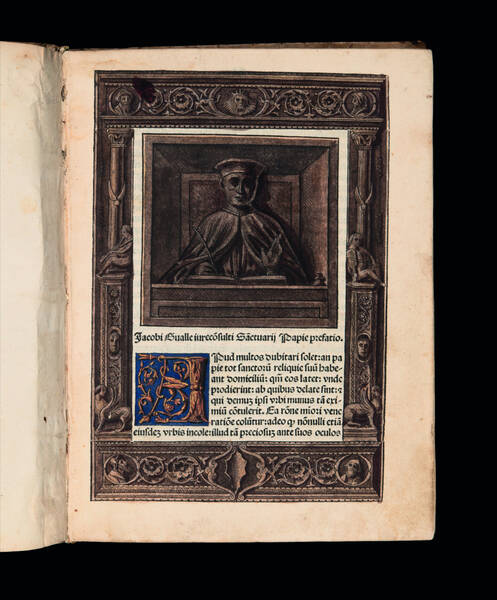EURIPIDES. Tragoediae septendecim ...
Venice, Aldus Manutius., February 1503.2 volumes, octavo (156 x 100mm), [268]; [190] leaves, Aldine dolphin device at end, Latin and Greek marginalia with notes in several contemporary hands, leaves numbered at head (both occasionally cropped). Fine late XVIII century red morocco gilt, covers bordered with a gilt rule and repeated scrolled acanthus leaves, gilt fleurons to corners, spines with four raised bands richly gilt in compartments, green and blue morocco labels, inner dentelles gilt, marbled endpapers, all edges marbled. Provenance: Earls of Macclesfield (armorial bookplates, Shirburn Castle blindstamp.). A very fine set.
Editio princeps of the most part of Euripides tragedies. Medea, Hippolitus, Alcestis and Andromache had been previously published at Florence ca. 1495 by Lorenzo de Alopa; Electra was not published until 1545. At the end of the second volume we find the Hercules Furens not mentioned in the title page, menwhile included in the collection are the Resus whose autorship is doubtful and the Cyclops which is a satire and not a tragedy. In his preface to Demetrius Chalcondylas, Aldus indicates the edition consisted of one thousand copies and announces the imminent publication of the scholia to seven of the plays, but these were not printed until Giunta's edition of 1534. The Greek type used by Aldus here is the same introduced for the first time six months earlier for the Sophocles. It is the smallest Greek type so far and better cut than the previous ones; it is probably the best Greek type used by Aldus. Aldus' edition remained the most important printed text of Euripides until the 18th century. The contemporary marginal notes give alternative readings, references to other authors, and translations of complex phrases. The text of the first volume is preceded by a sheet of manuscript with notes in Latin, Italian and Greek with relevant page numbers, in the same hand as did the numbering. The two 16th-century annotators were accomplished classicists. The first – c.1550s – glossed numerous passages with Latin translations, and had access to alternative versions of the text, as he corrected a few lines using variants. Since he generally mentioned his authorities, when he did not it may mean he had access to unpublished mss. He cross-referenced Horace, Plato, Cicero, Theocritus, Aristophanes and Sophocles. On the title of vol. 1 he noted the Pythian oracle's statement to Socrates, ‘Sophocles is wise, Euripides is wiser, but of all men Socrates is wisest', found in Aristophanes. Interesting annotations pertain to the harsh rhetorical ‘agon' in which Hermione accuses Andromache of being a witch and coming from a barbarian people prone to incest and polygamy. The annotator glossed Hermione with ‘Asian women are poisonous', ‘barbarians practice the works of Venus indiscriminately', ‘women's libido is greater than men's' and ‘there is no remedy against evil women'. A slightly later hand annotated passages in ink or pencil with references to Estienne's commentary on Euripides and Sophocles, published in 1568.
Renouard 43/10; Dibdin I 524
Other Books
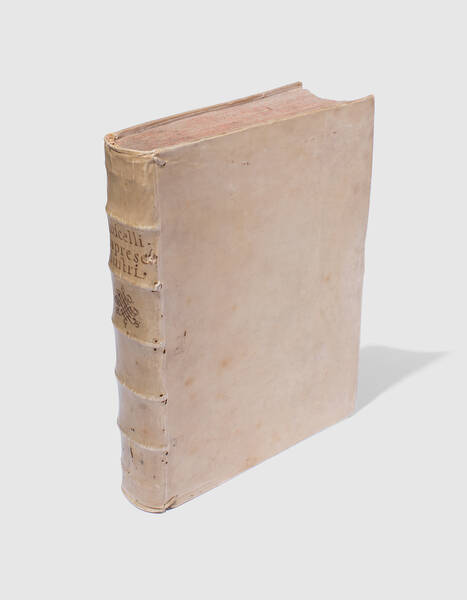
RUSCELLI, Gerolamo
Le imprese illustri con espositioni, et discorsi del s.or Ieronimo Ruscelli.
SOLD OUT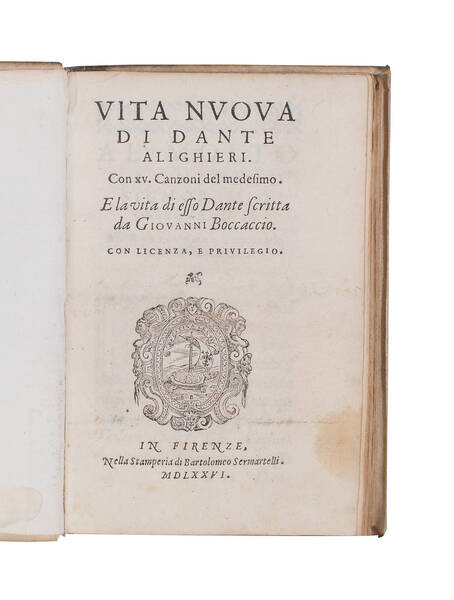
ALIGHIERI, Dante
Vita nuoua di Dante Alighieri. Con XV canzoni del medesimo. E la vita di esso Dante scritta da Giouanni Boccaccio
SOLD OUT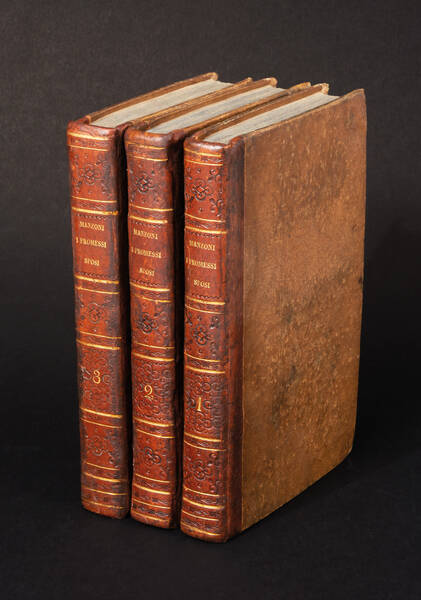
MANZONI, Alessandro
I promessi sposi, storia milanese del secolo XVII scoperta e rifatta da Alessandro Manzoni.
€ 11.500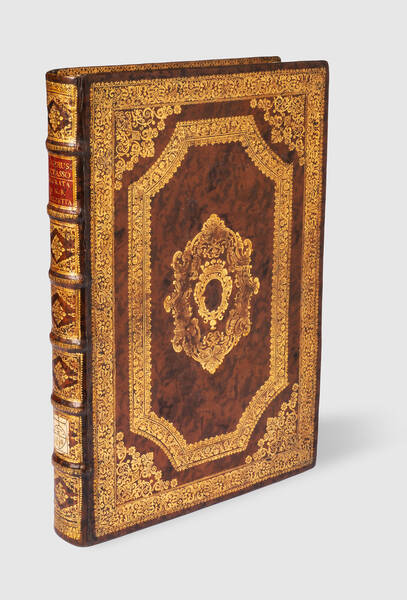
TASSO, Torquato
La Gerusalemme liberata di Torquato Tasso con le figure di Giambatista Piazzetta, alla Sacra Real Maestà di Maria Teresa d’Austria, regina...
€ 18.000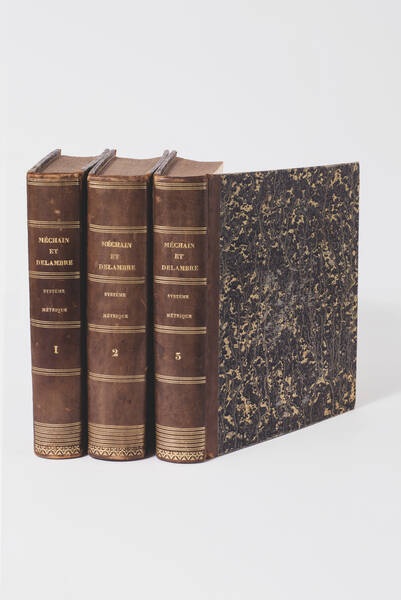
DELAMBRE, Jean-Baptiste-Joseph & MÉCHAIN, Pierre-François-André
Base du système métrique décimal, ou mesure de l'arc du méridien compris entre les parallèles de Dunkerque et Barcelone, exécutée en 1792 et années...
SOLD OUT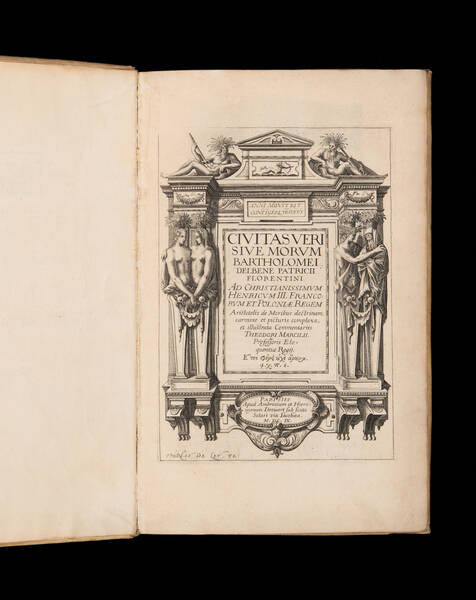
DEL BENE, Bartolommeo
Civitas veri sive morum ... illustrata commentariis Theodori Marcilii.
€ 19.000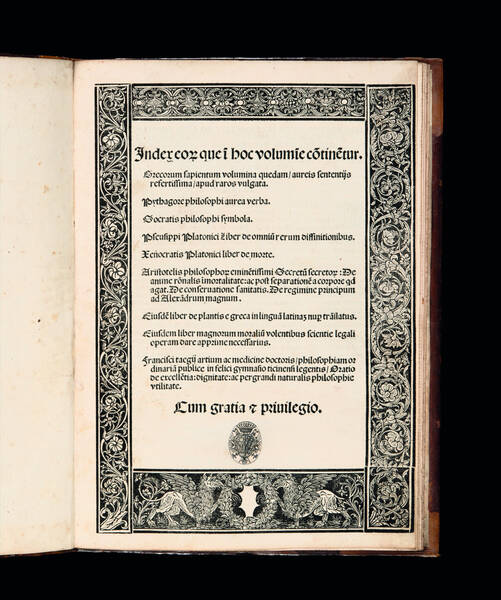
TAEGIO, Francesco
Grecorum sapientum volumina quedam aureis sententijs refertissima apud raros vulgata. Pythagore Aurea verba. Socratis Symbola. Pseusippi Platonici...
€ 12.000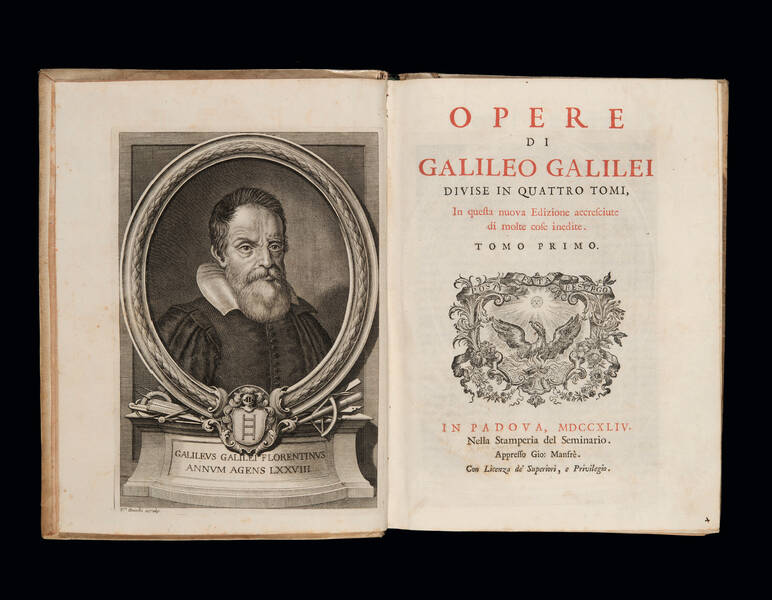
GALILEI, Galileo
Opere, divise in quattro tomi, in questa nuova edizione accresciute de molti cose inedite.
SOLD OUT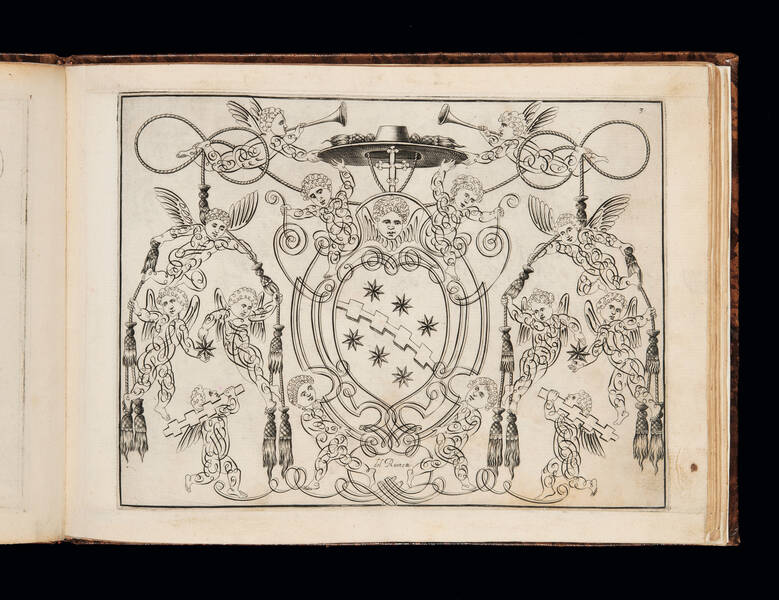
RUINETTI, Tomaso
Idea del buon scrittore, opera prima di Tomaso Ruinetti da Ravena a’beneficio de’desiderosi d’imitare le vere forme dello scrivere.
€ 8.000![Azhār al-afkār fī ğawāhir al-ahğār by Ahmad ibn Yūsuf al-Tīfāšī […]Fior di pensieri sulle pietre preziose di Ahmed Teifascite, opera stampata nel suooriginale arabo, colla traduzione italiana appresso, e diverse note di AntonioRaineri Azhār al-afkār fī ğawāhir al-ahğār by Ahmad ibn Yūsuf al-Tīfāšī […]Fior di pensieri sulle pietre preziose di Ahmed Teifascite, opera stampata nel suooriginale arabo, colla traduzione italiana appresso, e diverse note di AntonioRaineri](https://www.medariquier.com/typo3temp/pics/4baf8d2ef4.jpg)
AHAMAD IBN YUSUF, al-Tayfãsî
Azhār al-afkār fī ğawāhir al-ahğār by Ahmad ibn Yūsuf al-Tīfāšī […] Fior di pensieri sulle pietre preziose di Ahmed Teifascite, opera stampata nel...
SOLD OUT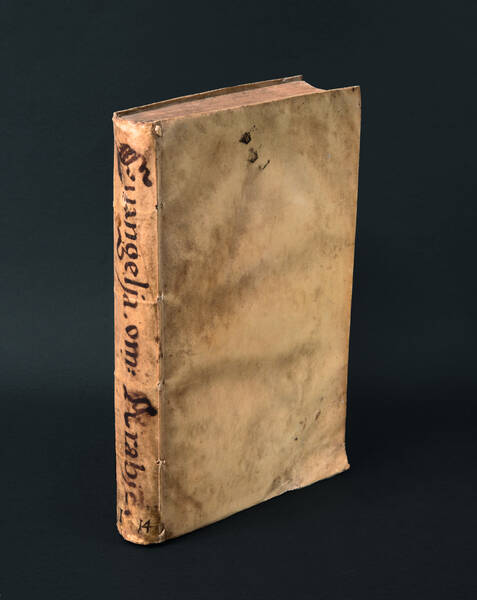
[BIBLIA ARABICA]
Evangelium Iesu Christi quemadmodum scripsit Mar Mattheus unus ex duodecim discipulis eius.
€ 11.000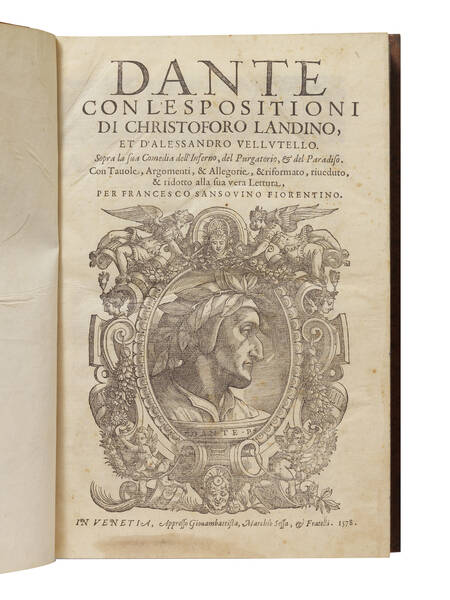
ALIGHIERI, Dante
Dante con l’espositioni di Christoforo Landino, et d’Alessandro Vellutello. Sopra la sua Comedia dell’Inferno, del Purgatorio, & del Paradiso. Con...
SOLD OUTMEDA RIQUIER rare books ltd.
4 Bury Street St James's
SW1Y 6AB London
Phone +44 (0) 7770457377
info@medariquier.com
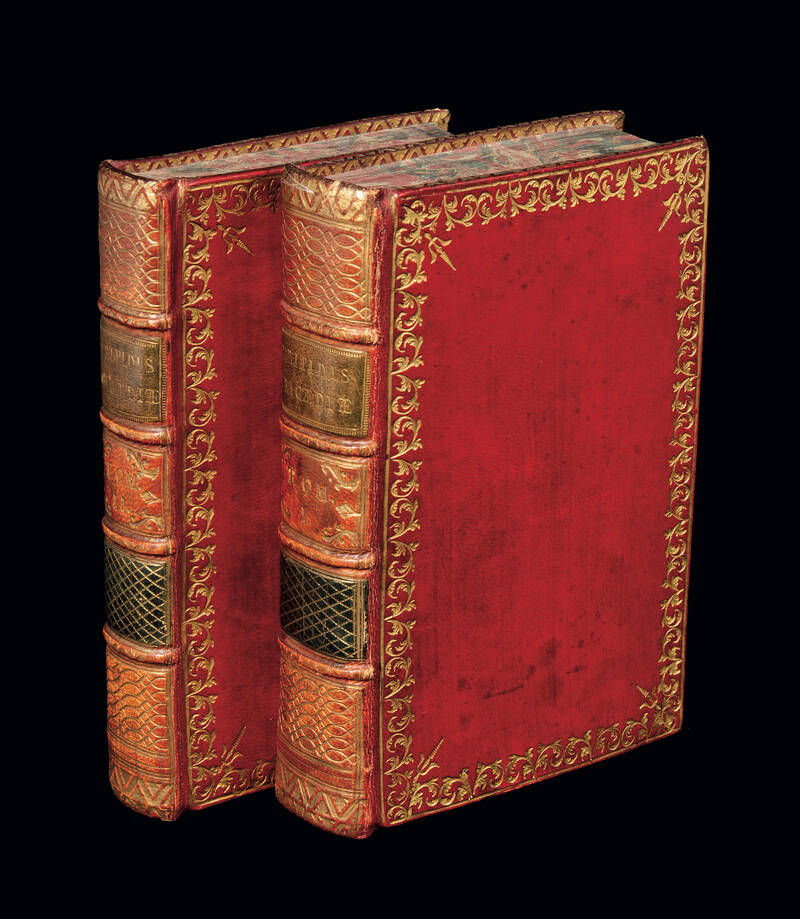
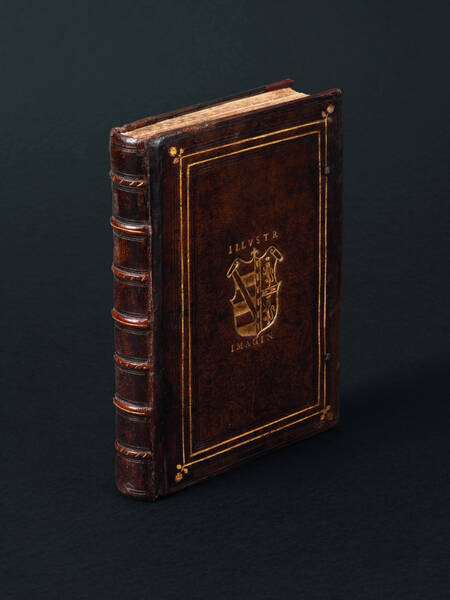
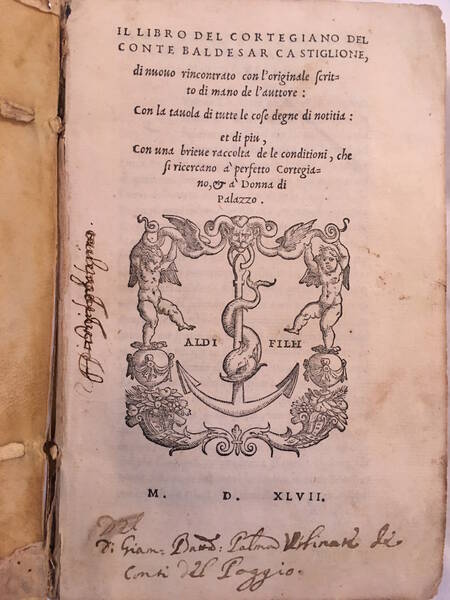
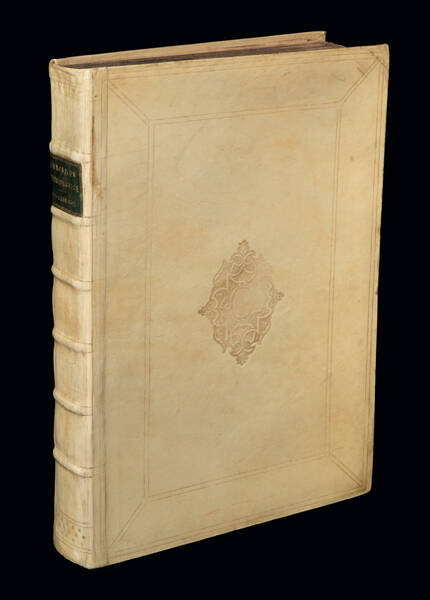
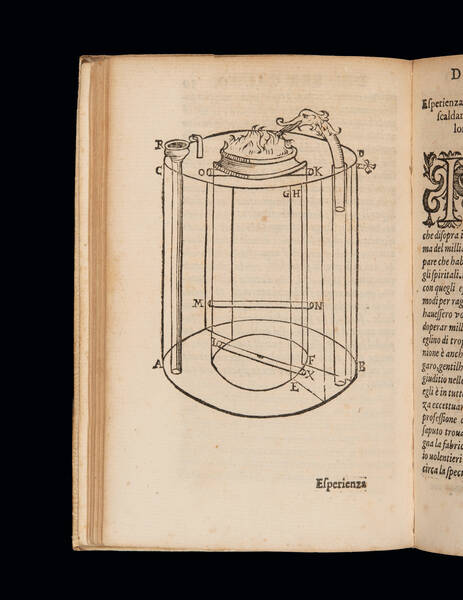
![Tragoediae septem cum commentariis. [Greek] Edited by Johannes Gregoropoulos Cretensis]. Tragoediae septem cum commentariis. [Greek] Edited by Johannes Gregoropoulos Cretensis].](https://www.medariquier.com/typo3temp/pics/a7f4ddada3.jpeg)
